That six-fingered nightmare staring back at you from your AI image generator isn’t the tool’s fault – it’s your prompt. After a year of testing every major AI image generator from Midjourney to DALL-E, the pattern becomes clear: better prompts create better images.
The perfect image in your head can become reality on screen, but only if you give the AI enough information to work with. Think of it like giving directions to someone who’s never been to your neighborhood – the more specific you are, the better chance they’ll end up where you want them.
Prompt engineering sounds fancy, but it’s just detailed describing with a few key elements.
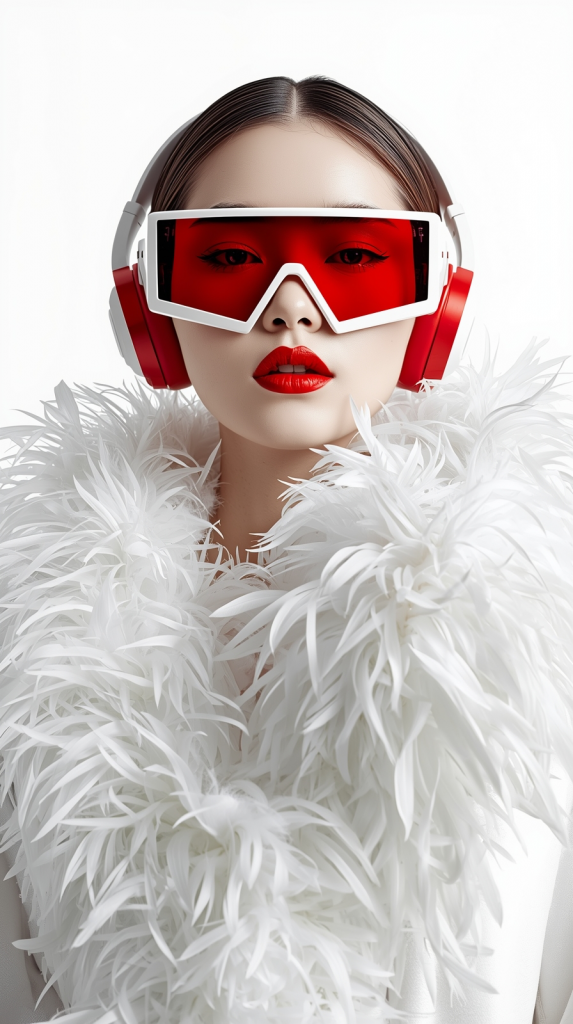
Start With These Three Essential Elements
Every successful AI image prompt needs these basics before you add anything else:
The foundation:
- Characters and elements: Who or what appears in the scene
- Setting: Where everything takes place
- Dimensions: Portrait, landscape, or specific ratios (3:2, 16:9, etc.)
Don’t waste time telling the AI what you don’t want. Exclusionary prompts often backfire – generators either ignore the “no red cars” instruction or misread it and add exactly what you’re trying to avoid.
Choose Your Style and Colors
Beyond the basic “who, what, where,” you need to guide the generator toward a specific visual approach.
Popular AI image styles:
- Photorealistic: As close to real life as possible (though AI struggles here)
- Stock photography: Real-looking but shinier and brighter
- Product features: Emphasizes individual elements over backgrounds
- Cartoon: Fun, bright, and usually less detailed
- Illustration: Paintings, pencil sketches, artistic approaches
- Gaming/Game UI: More advanced than cartoon, sometimes anime-like
Include specific colors or at least warm versus cool tones. The style you pick should match your project – photorealistic works better for professional presentations, while illustrations suit creative brainstorming.
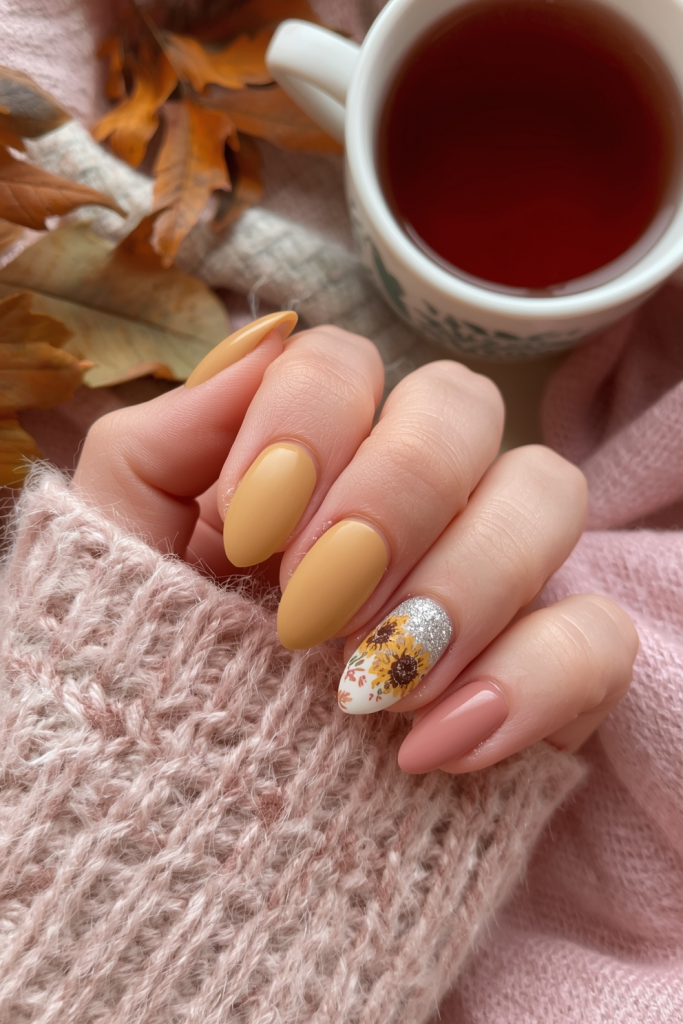
Add Aesthetic and Emotional Direction
Take your prompt further by describing the overall vibe or emotional temperature of what you want.
Common aesthetic options:
- Abstract, anime, medieval, retro, psychedelic
- Glow/neon, geometric, painting/brushstroke/oil painting
- Comic, noir, vintage, impressionist
- Simple/minimalistic, fantasy/sci-fi, high tech, surrealist
Happy scenes tend toward bright colors and warm feelings regardless of style. Stressful scenes often get more detail, cool tones, and foreboding moods that work better with fantasy or non-realistic aesthetics.
Skip trendy terms like “cottage core coastal grandmother” and translate them into specific instructions: “vintage style with light, breezy feel using pastel blues and neutral tones.”
When Your Images Still Don’t Work
Even perfect prompts don’t guarantee perfect results. AI image generation remains a work in progress.
Troubleshooting steps:
- Tweak your prompt first – it’s the fastest fix for major issues
- Trace problems back to their source – unprofessional look might mean wrong style choice
- Adjust smaller settings – even changing image dimensions can make big differences
- Use post-generation editing tools when available
Platform editing capabilities:
- Adobe Firefly: Extensive professional tools
- Leonardo: Most editing options for beginners
- Midjourney: Average amount of editing features
- Canva: Minimal editing capabilities
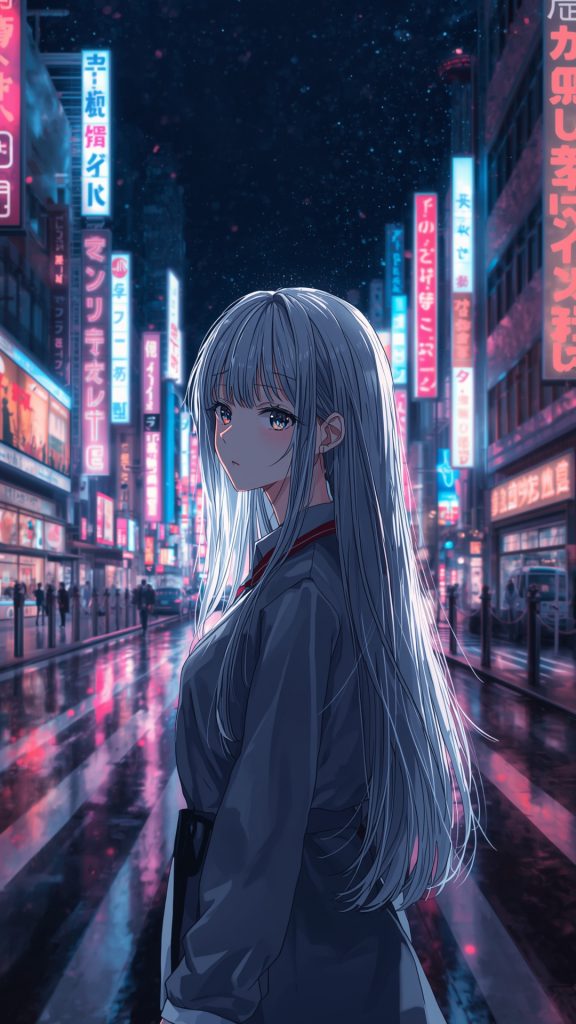
When to Start Over
Sometimes the best strategy is hitting reset. Return to default settings, rethink your prompts completely, and begin fresh. It feels like going backward, but when nothing else works, starting over often produces better results than endless tweaking.
The Reality Check
AI image generators aren’t creator replacements – they’re sophisticated tools that require practice and understanding. Like learning Photoshop or any image editing software, you need time to understand how your chosen platform works and what prompts deliver the results you want.
These generators work best when you approach them as collaborative partners rather than magic boxes that should read your mind. Give them detailed, specific instructions, and they’ll give you images much closer to what you’re envisioning.
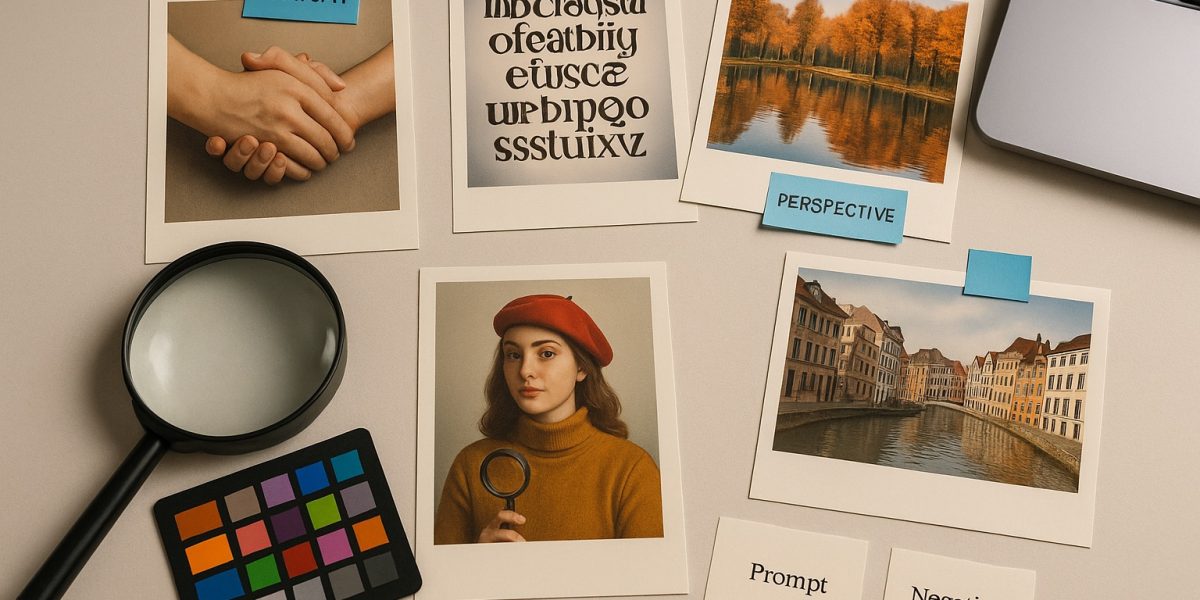

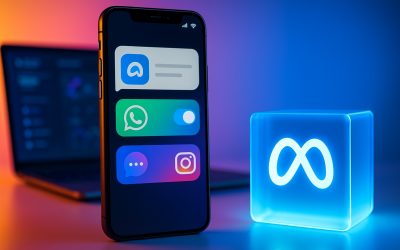

Post a comment